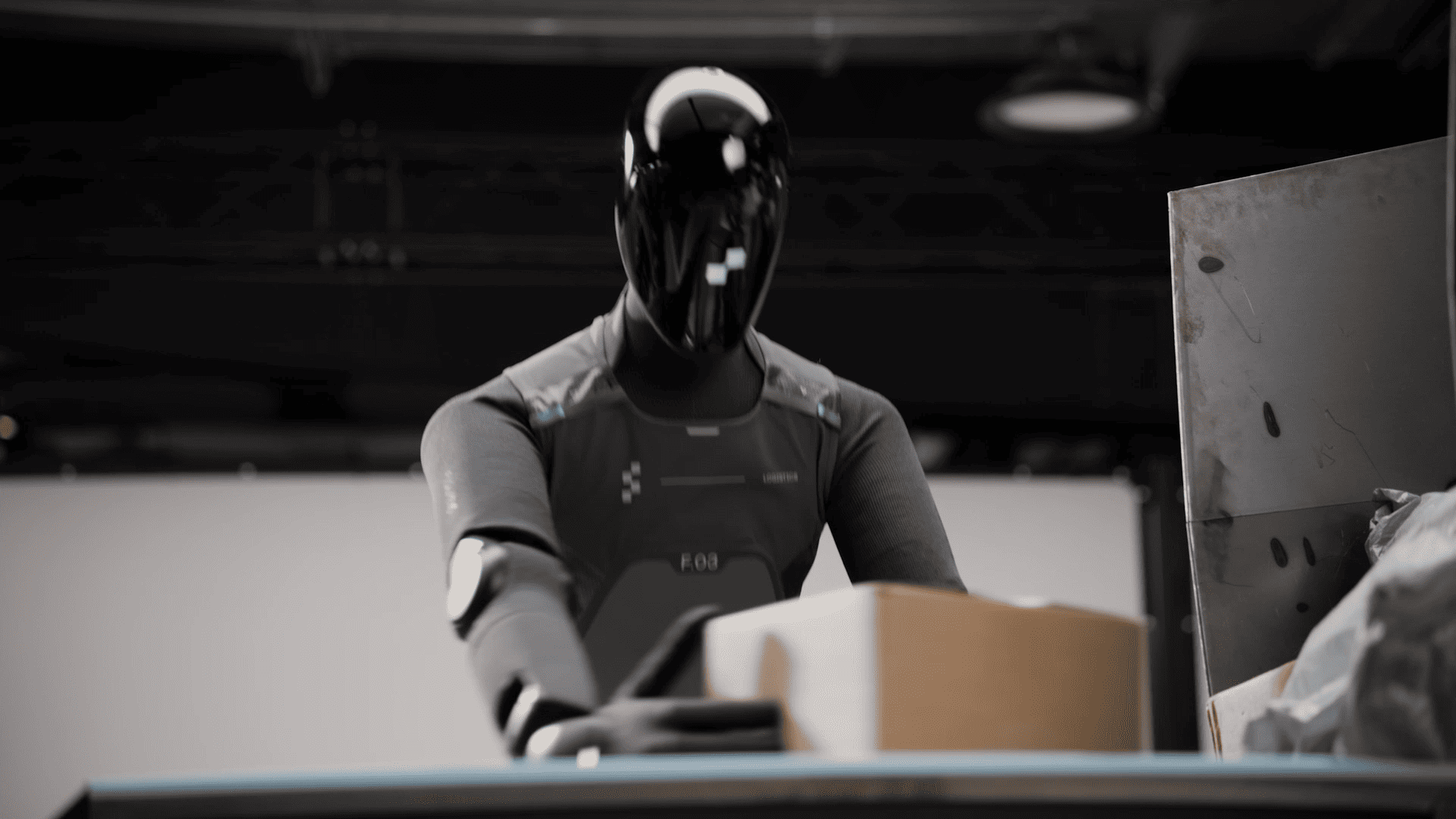Figure 03: How Humanoid Robotics Is Becoming the Next Frontier for Enterprise AI
Alexander Stasiak
Oct 14, 2025・10 min read
Table of Content
From Industrial Robots to “General-Purpose” AI Workers
Why Enterprises Should Pay Attention
1. Flexible Labor for a Volatile Economy
2. Scalability Through Software
3. Human–Robot Collaboration at Scale
4. Data-Driven Operations
5. Standardization and Predictability
The Role of AI Software in the Humanoid Era
Strategic Implications for Enterprises
A Glimpse Into the Next Decade
Sources
In the enterprise world, automation has long been defined by precision, speed, and repeatability.
Yet, most robots have remained confined to static, pre-programmed tasks — until now.
With the introduction of Figure 03, the latest humanoid robot from Figure AI, the conversation about automation moves beyond factories and assembly lines.
It enters offices, logistics centers, warehouses, and even customer-facing environments.
And this time, the real breakthrough is not just the robot itself — but the software intelligence behind it.
From Industrial Robots to “General-Purpose” AI Workers
Traditional robots excel at doing one thing — fast and forever.
Figure 03, however, is designed to do many things — to see, understand, and act in environments designed for humans.
This evolution mirrors the rise of AI in software: we moved from static algorithms to adaptive models capable of learning, reasoning, and optimizing themselves.
Figure 03 represents the same shift — but embodied in hardware.
Its core engine, Helix, integrates computer vision, language understanding, motion planning, and reinforcement learning.
That means Figure 03 doesn’t need to be re-programmed for every new task — it can learn from demonstration, replicate human actions, and adapt autonomously.
For enterprises, this could mean the arrival of a new class of workforce augmentation — machines that integrate seamlessly into human workflows rather than replacing them.
Why Enterprises Should Pay Attention
1. Flexible Labor for a Volatile Economy
Staffing shortages, safety risks, and seasonal demand fluctuations continue to challenge logistics, retail, and manufacturing sectors.
Humanoid robots like Figure 03 can be re-trained and redeployed instantly — from moving inventory to handling packaging or assisting technicians.
Unlike traditional industrial arms, humanoids don’t need a custom environment or infrastructure overhaul.
They can use existing spaces, tools, and interfaces designed for people.

2. Scalability Through Software
Figure 03’s architecture reflects a software-driven approach to robotics.
Every robot connects to the Helix cloud intelligence, receiving updates, task libraries, and behavioral improvements in real time.
For enterprises, this is the equivalent of deploying “robots-as-a-service” (RaaS): hardware that improves over time, scales across sites, and remains centrally managed through software updates and analytics dashboards.
This model reduces the upfront CapEx barrier and transforms robotics into an operational expense with predictable ROI.

3. Human–Robot Collaboration at Scale
Figure 03 isn’t built to replace human workers — it’s built to collaborate.
With safe, soft-touch materials, real-time situational awareness, and natural language communication, it can operate in mixed environments.
For enterprise operations leaders, this opens a new dimension of collaborative automation — where AI agents and human staff co-execute processes with complementary strengths.
Think of robots managing repetitive or physically demanding tasks while human operators focus on supervision, exception handling, and quality.

4. Data-Driven Operations
Every action, motion, and interaction of Figure 03 is logged.
This creates a continuous data feedback loop for enterprises — from efficiency monitoring to safety optimization.
Integrating such telemetry into existing BI or ERP systems can provide unprecedented process visibility, helping organizations benchmark productivity across sites and automate reporting for ESG, compliance, or DORA-related audits.

5. Standardization and Predictability
The real innovation of Figure 03 lies in its manufacturability.
Its BotQ factory can produce up to 12 000 units annually — a key step toward industrial standardization of humanoid form factors.
This scalability will gradually lower costs and enable multi-site deployment consistency — something that was never possible with custom robotic installations.

The Role of AI Software in the Humanoid Era
Hardware alone doesn’t create enterprise value — software does.
Humanoids like Figure 03 are only as powerful as the intelligence and integrations that run them.
For enterprise software ecosystems, this introduces a new development frontier:
- AI-to-Motion Platforms: bridging perception (vision) with reasoning (LLMs) and action (robotics).
- Simulation and Synthetic Training Data: enabling safe large-scale learning before deployment.
- Voice and Multimodal Interfaces: making interaction natural and intuitive.
- Edge AI Optimization: ensuring low-latency inference directly on the robot.
- Integration APIs: connecting robots with ERP, warehouse management, and IoT systems.
This convergence is creating a new discipline: embodied enterprise AI — where digital intelligence gains physical capability.

Strategic Implications for Enterprises
- Operational resilience: robots can maintain continuity during labor shortages or crises.
- Cost efficiency: dynamic allocation of tasks between humans and humanoids optimizes utilization.
- Sustainability: humanoids can enable 24/7 operations with lower waste and energy use.
- Innovation signaling: adopting next-gen robotics strengthens brand perception as a future-ready organization.
A Glimpse Into the Next Decade
Figure 03 may be the most visible example of what’s coming:
robots capable of learning from enterprise data, adapting to local workflows, and integrating into software ecosystems — not as machines, but as physical AI agents.
For global enterprises, this represents the convergence of two revolutions:
the intelligence of AI and the presence of robotics.
Together, they could redefine how work gets done.
Digital Transformation Strategy for Siemens Finance
Cloud-based platform for Siemens Financial Services in Poland






